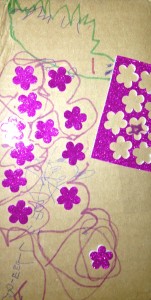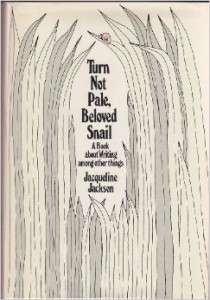 In the last year or so, I found a genre that hadn’t previously been on my radar, but which I really enjoy: furry fiction. Kyell Gold had put up his novel Black Angel on the SFWA member forums, where members post their fiction so other members have access to it when reading for awards, and I enjoyed it tremendously. The novel, which is part of a trilogy about three friends, each haunted in their own way, showed me the emotional depth furry fiction is capable of and got me hooked. Accordingly, when I started reviewing for Green Man Review, I put out a Twitter call and have been working my way through the offerings from several presses.
In the last year or so, I found a genre that hadn’t previously been on my radar, but which I really enjoy: furry fiction. Kyell Gold had put up his novel Black Angel on the SFWA member forums, where members post their fiction so other members have access to it when reading for awards, and I enjoyed it tremendously. The novel, which is part of a trilogy about three friends, each haunted in their own way, showed me the emotional depth furry fiction is capable of and got me hooked. Accordingly, when I started reviewing for Green Man Review, I put out a Twitter call and have been working my way through the offerings from several presses.
Notable among the piles are the multiplicity by T. Kingfisher, aka Ursula Vernon, and two appear in this armload. Clockwork Boys, Clocktaur War Book One (Argyll Productions, 2017) is the promising start to a fantasy trilogy featuring a lovely understated romance between a female forger and a paladin, while Summer in Orcus (Sofawolf Press, cover and interior art by Lauren Henderson) is aimed at younger readers and will undoubtedly become one of those magical books many kids will return to again and again, until Vernon is worshipped by generations and prepared to conquer the world. Honestly, I will read anything Kingfisher/Vernon writes, and highly recommend following her on Twitter, where she is @UrsulaV.
Huntress by Renee Carter Hall (Furplanet), which originally appeared in 2015, and whose title novella was nominated in the 2014 Ursa Major Awards and Cóyotl Awards, is a collection of novella plus several shorter stories. I’d love more in this fascinating and thought-provoking world, particularly following the novella’s heroine, the young lioness Leya, and the sisterhood of the huntresses, the karanja.
Always Gray in Winter by Mark J. Engels (Thurston Howell Publications, October, 2017) demonstrates one of the difficulties with furry fiction, which is the reader’s uncertainty where to site the fact of furry characters, primarily whether to take them as a given or have some underlying science to it, such as bio-modified creatures. Here Pawly is a were-cat, but the unfamiliar reader is forced to spend so much time figuring out whether this is something people take for normal or not that the story sometimes gets confusing, and with multiple POV shifts, the reader keeps having to re-orient themself. It’s tight, sparse military SF that readers familiar with the conventions of the genre will find compelling, entertaining, and quickly paced; newer readers may find themselves floundering a bit.
The Furry Future, edited by Fred Patten (Furplanet, 2015) is a solid and entertaining anthology that showcases how widely ranging the stories that use the rationale behind the existence of anthropomorphic beings as part of the narrative can be. Authors in the collection include Michael H. Payne, Watts Martin, J. F. R. Coates, Nathanael Gass, Samuel C. Conway, Bryan Feir, Yannarra Cheena, MikasiWolf, Tony Greyfox, Alice “Huskyteer” Dryden, NightEyes DaySpring, Ocean Tigrox, Mary E. Lowd, Dwale, M. C. A. Hogarth, T. S. McNally, Ronald W. Klemp, Fred Patten, and David Hopkins with illustrations by Roz Gibson and cover art by Teagan Gavet. This book is one that scholars writing about furry fiction will want to be including on their reading lists for reasons including its focus, its authors, the snapshot of the current furry fiction scene that it provides, and the variety of approaches to anthropomorphic body modification.
Along with the furry fiction, I wanted to point to an indie humorous horror collection that is one of the most specifically themed I have yet encountered, Ill Met by Moonlight by Gretchen Rix (Rix Cafe Texican, 2016), which features evil macadamia nut trees, including “Macadamias on the Move,” “Ill Met by Moonlight,” and “The Santa Tree” in a lovely sample of how idiosyncratic a sub-sub-niche can get. The production values of this slim little book show what a nice job an indie can do with a book and include a black and white illustration for each story.
You can read this review at http://thegreenmanreview.com/books/armload-of-fur-and-leaves/





